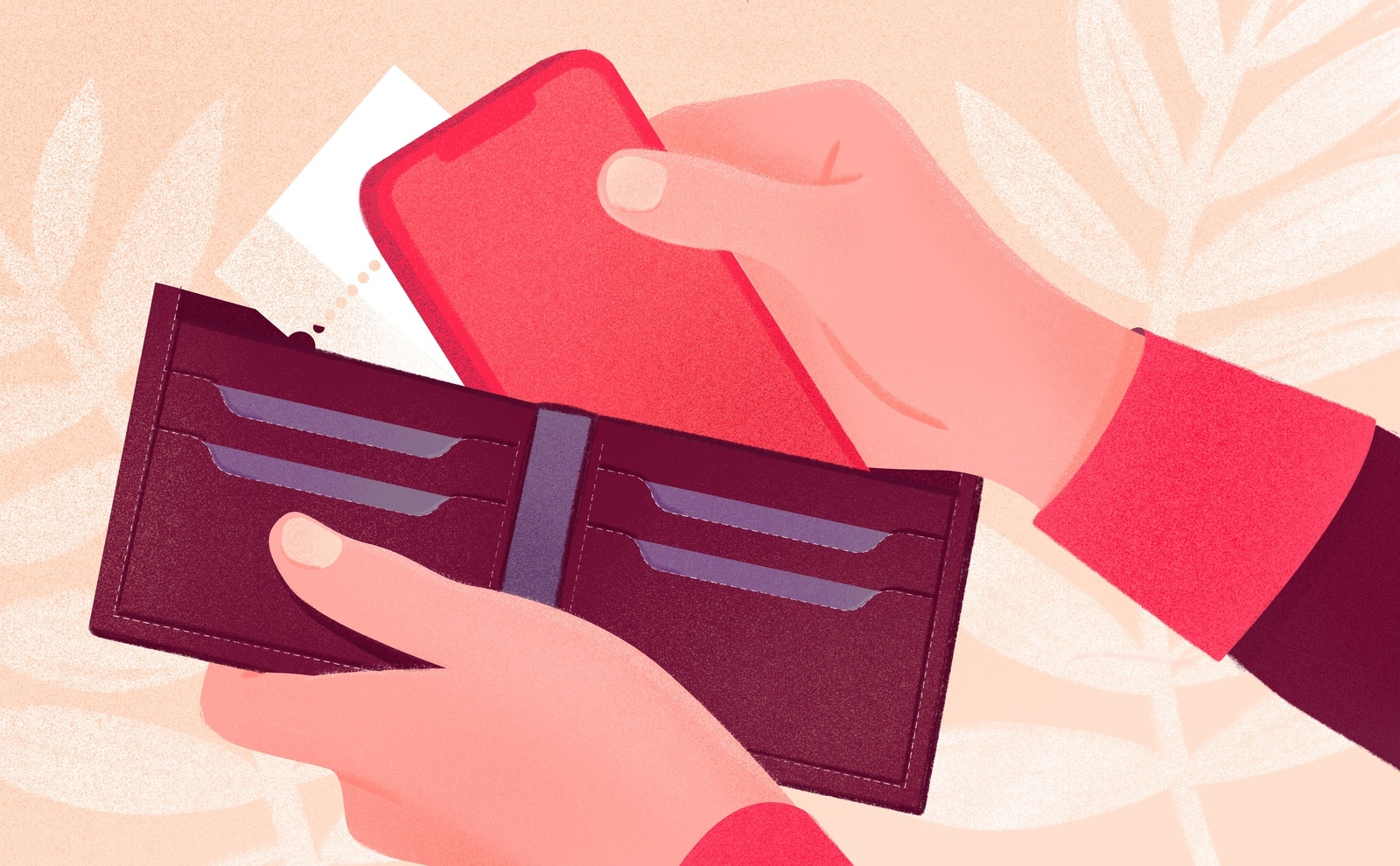Times may change, but the users’ expectations for payment systems remain constant. Whether they are interacting with a fintech, a tech giant, or a traditional bank, they want to send and receive payments in the simplest way possible.
The fintech market continues to evolve rapidly. In 2023, it boasted over 4 billion users with around 5 trillion euros to spend across more than 15,000 tech-powered financial companies.
As the market shows no signs of slowing down, fintech companies need to respond by continually investing significant effort to keep their customer numbers growing.
Are traditional banks on shaky ground?
From the early days of civilization, humanity has been using different types of payment systems. From bartering in the first iteration of an organized economy through physical money that we’re most familiar with to digital platforms and transactions. The payment ecosystem we know today is largely dominated by two sides – traditional banking institutions and fintech companies.
Apparent advantages traditional banks hold over fintechs are extensive customer bases and big budgets they can use to make data- and experience-driven decisions.
Compared to traditional banks, the ability to adapt quickly, a fresh point of view, and a strong background in technology are the wind in the back of fintechs.
Companies and payment solutions like Stripe, Revolut, N26, Adyen, Xero, Klarna, Venmo, Apple Pay, and Google Pay take up a growing market share year in and year out.
Traditional banks are trying to keep up the pace with fintechs by investing ever larger amounts in their digital sector. At the same time, the PSD2 regulation gives fintech companies and tech giants the key to opening the large old steel doors and letting in new customers.
Regardless of what happens in the background, the main objective remains the same for all players in the finance industry: How to keep the existing users and acquire new ones?
From the users’ point of view
However times may change, the users’ main objective when interacting with payment systems remains constant. Whether they are interacting with a fintech, a tech giant, or a traditional bank, they expect to send and receive payments in the simplest way possible.
Today’s users, more tech-savvy than ever, use apps and websites on a daily basis. Financial institutions’ public websites, online banking, mobile banking apps, you name it.
However, communication via digital channels only with no human interaction can pose a challenge to making users feel safe. After all, we’re talking money!
The thing is, any innovation requires some time to take root and become widely adopted. People also didn’t trust cars back when horse-drawn carriages were the main means of transport.
Is it possible to really win user trust in a digital environment? Based on our experience working with banks, here are some suggestions for establishing a trustworthy relationship with users:
- Talk like a human
- Help users achieve their (financial) goals
- Adjust features based on user needs
- Focus on the most important features working flawlessly
- Provide a great omnichannel experience
In the following paragraphs, we’ll dig deeper into each one of these five.
1. Talk like a human
Comments like “What on Earth does this mean?!” and “Great, I need a dictionary for this” are red flags for the user experience of your product. They signal that the language your product speaks is not properly adjusted to your customer base.
One of the most important aspects of interacting with users is the interface copy. UX designers will tell you that it has to carry the right tone of voice. However, this aspect often gets unrightfully neglected.
We have to take into consideration the fact that the majority of users don’t understand technical banking terminology.
It’s never a good sign when a user has to read a sentence two times slowly to figure out the meaning and still needs an additional explanation.
By providing understandable copy and a simple onboarding process, you require less cognitive effort from your users and help them make a connection with your brand. That gives you a much better chance they will feel safe and confident within your digital environment.
2. Help users achieve their (financial) goals
“They only want my money! Every time I ask for help, I get a generic answer.”
Ask people who their real friends are, and they will recall a time when they felt vulnerable and think of someone who supported them. That’s why it’s highly important to provide some kind of customer support – FAQ, chatbot, email, or phone number. Digital channels allow you to help users faster and more efficiently.
Further, banks can help users achieve their goals by educating them about good financial habits. This way, they earn customer trust, and customers spread the word.
Gamification can be a great asset in banking and finance products. Creating challenges for the users and awarding achievements increases their engagement and makes them more inclined to use the product.
For example, let users define big financial goals like buying a car or house and then give them small rewards if they make investments and follow their plan. If they go off course, guide them back on track.
3. Adjust features based on user needs
“This thing is always here, and I never use it. Can you make it go away? I don’t even know what it is.”
Just like when a customer goes to a coffee shop and the barista asks them if they want the usual, it’s a great feeling when any service provider remembers your preferences. Why would using an app have to be different?
By tracking user habits and analyzing various data parameters, banks could offer a personalized service to their customers, i.e., learn what the users actually use and adjust their offer accordingly.
With every interaction with the app, the user expects to have to take fewer steps to achieve the same thing.
A very simple example is a user paying the same bill at a similar time each month. The app could offer to create a recurring payment with pre-filled data and ask them to verify the payment as extra confirmation.
4. Focus on the most important features working flawlessly
“I pay for this mobile service, and it’s not working half the time.”
When developing their mobile apps, banks often have limited budgets spread out on too many features. But in reality, only some of those features are important to the majority of users. How to define which ones?
One possible way is by using analytics, interviews, Kano Model Analysis, or other tools to perform a smart reduction method. This is the part where you should actually bring end-users to the table. The final goal is pretty simple–to improve the features most users find the most important while adding new ones wisely.
It’s better to focus and improve three features used 80% of the time, than to add 10 new features that will be used 20% of the time.
The users will not abandon a product over 1-2 small mistakes, but they will leave if important features are not working.
There are some features users in banking or fintech apps expect to be working perfectly, such as:
- Payment processing
- Viewing account balance
- Checking credit cards & loans
- Checking savings
- Other, e.g., tracking expenses
When you add a new feature or make some changes to the existing ones, it will require cognitive effort from your users, but a smooth transition in small iterations probably won’t even be noticed (Meta is a real pro in this aspect). You should always be striving for improvements, but be very smart in how you introduce them.
5. Provide a great omnichannel experience
“When I want to assign a new service, I can do it online, but when I need to disconnect it I need to come to the physical branch.”
While elderly users still significantly trust branches, the younger population prefers online transactions. Also, there is still a tendency for transactions of a lesser volume to be carried out digitally, while particularly large amounts are still often handled in the physical form. However, users are growing more accustomed to performing all transactions digitally.
After all, we use apps for almost anything, so why should banking be any different?
Users expect to carry out transactions online from beginning to end. What can banks do about it?
First of all, banks can onboard users by letting them know what can be done online and making the process as easy as possible.
Here are a couple of more tips to improve the user experience:
- Users should always know where the end of the flow is
- They should only have to focus on one thing at a time
- Provide users with a recap screen and a distinctive confirmation button
- Make the help option available and accessible at all times
If users expect to do everything online—they should be able to do it. Over time, banks will help the users feel safe by performing low-cost transactions in the app. One the user trust is earned, the doors are wide open for heavier transactions.
Strive to create personalized experiences
Cashless countries are no longer a fictional concept from futuristic movies. High-quality user experiences in digital products from other industries set high expectations for a seamless experience in the finance sector.
Following the suggestions from this article, banks can show their users that there are options at their disposal, that their bank is taking care of them, and that it understands their needs.
Banks should always strive to create personalized experiences. By learning about user behavior, adjusting the product according to user needs, and reducing unnecessary clutter, banks can help their customers perform actions faster and ultimately form a habit of using the product. Once they grow accustomed to the experience, they will be less likely to switch to another product.
We’ll leave you with a quote from a McKinsey report on the business value of design:
“The CEO of one of the world’s largest banks spends a day a month with the bank’s clients and encourages all members of the C-suite to do the same…”











